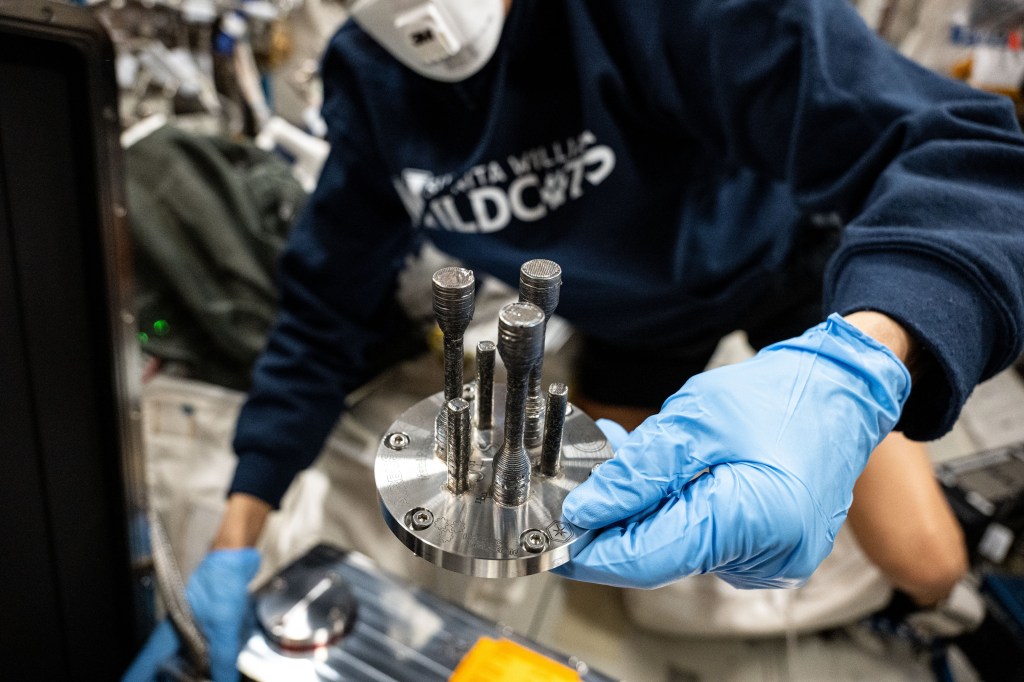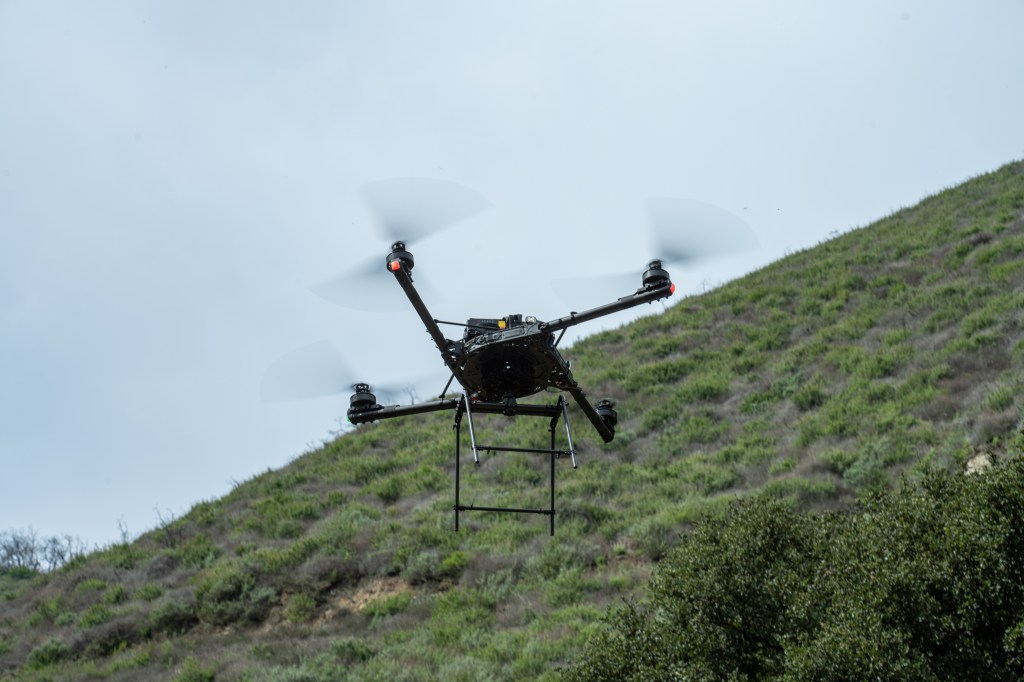Thomas Ditto
3DeWitt LLC
NIAC 2012 PhaseI Thomas Ditto HOMES.pdf
There is an amusing comparison made between exoplanets and the children’s story of Goldilocks, because some planetary orbits are too hot, and some are too cold, but some are just right. However, Goldilocks isn’t simply about temperature. It’s about porridge. What kind of telescope can sense home cooking within the habitable zones of our stellar neighborhood?
The extraordinary demands made by exoplanet discovery include telescope apertures of unprecedented angular resolution and sensitivity. However, that ballgame cannot even begin without a method to occlude or null the host star and remove its glare. As if that were not trouble enough, habitable planet discovery necessitates exquisite spectrographic capability.
The necessity is not lost on NASA. The Decadal Survey of Astronomy and Astrophysics makes it quite clear that exoplanet discovery must include a spectroscopy component. Yet there are no existing habitable planet zone finders with spectrographs and few are planned. HOMES (Holographic Optical Method for Exoplanet Spectroscopy) is a space telescope designed to hit all of these criteria. Its double dispersion architecture employs a holographic optical element as a primary objective in conjunction with a novel secondary spectral interferometer. Unlike mirrors and lenses, the holograms are thin and flat. They can be fabricated on thin gossamer membranes and stretched over space frames covering thousands of square meters. This provides the scale of collector needed to capture the photons from very faint sources like exoplanets and bring them to a focus. Because holographic optics focus by the process of dispersion, they are intrinsically spectrographic providing a wealth of detail about the composition of the images they form. Add to this a novel notch filter to dim the star that takes advantage of the spectrographic image, and HOMES is a concept that addresses the demanding specifications of a telescope to find habitable planets within 30 light years of earth.































